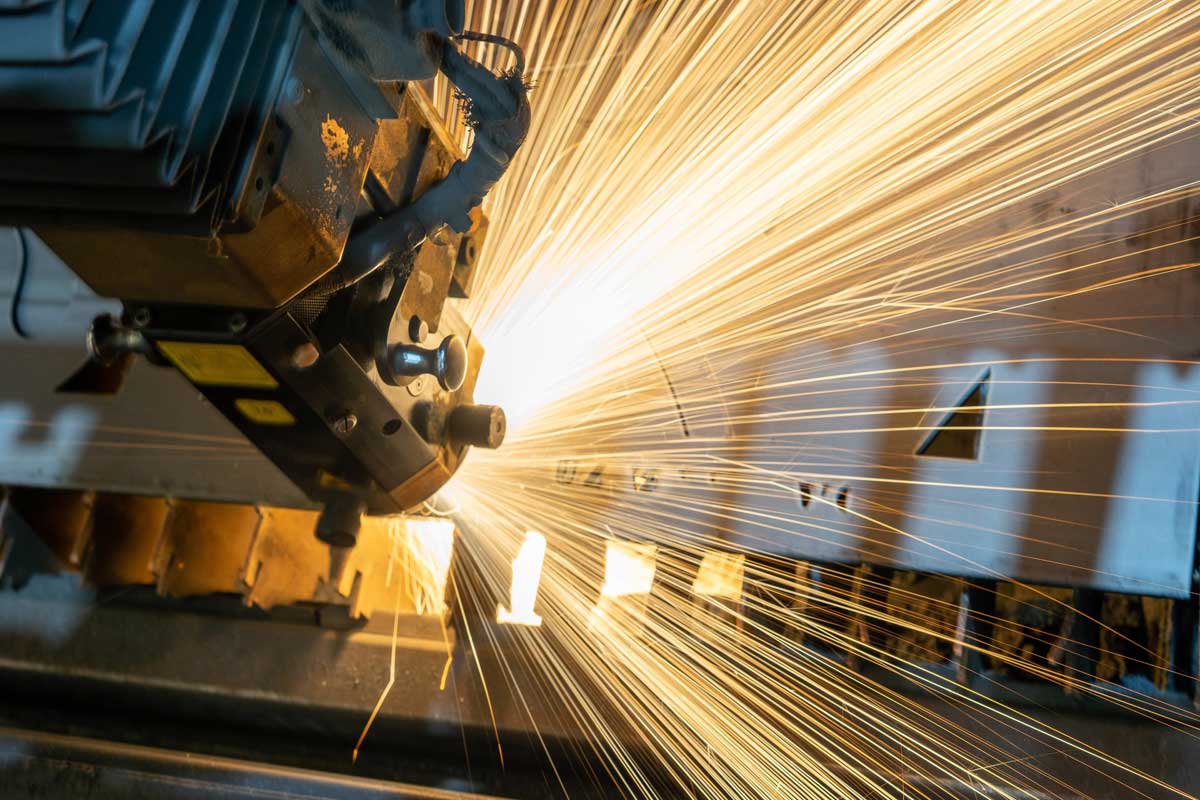In October, manufacturing economies worldwide faced challenges, particularly due to weak demand in the U. S. and tariffs imposed by President Donald Trump. Factories in the U. S. struggled with lower new orders and strained supply chains, leading to a decline in manufacturing activity for the eighth consecutive month. Manufacturers expressed concerns about the unpredictable tariff situation affecting future costs and the ability to expand production.
In the Eurozone, factory activity stagnated, with flat new orders and reduced workforce. Germany, a key player, showed minimal recovery, experiencing a slowdown in production growth. Engineering orders in Germany dropped sharply, while France’s manufacturing sector remained weak and Italy saw a slight contraction. Spain was the exception, with its factories performing better than in September. Analysts noted that growth in the Eurozone was primarily driven by strong domestic demand, but foreign orders remained a concern, especially from France and the U. S.
In Britain, outside the EU, factories reported their best month in a year, largely due to the resumption of production at Jaguar Land Rover following a cyberattack. Meanwhile, manufacturing activity in China grew at a slower pace, and South Korea saw a decline in exports amid cautiousness over U. S. demand. China’s official PMI indicated a seventh straight month of falling factory activity, with economists suggesting the economy lost momentum in October. Despite a recent agreement between Trump and Chinese President Xi Jinping to ease tariffs, deeper trade tensions persist.
In Asia, India experienced a boost in factory activity driven by strong domestic demand, in contrast to some declines in Malaysia and Taiwan, while Vietnam and Indonesia saw improvements in their manufacturing sectors.
With information from Reuters
